1990’s technology stacks will not give us the supply chain that 21st century customers need and deserve, says Elouise Epstein.
Speaking to the PharmaSource podcast, Kearney partner, author and futurist Elouise Epstein explains that “Third-party data exchange is the key to the future. Above all, we need to facilitate easy data exchange with suppliers.”
In her new book, How to Hack the Supply Chain, Elouise describes an experience she had during COVID-19 when was given her vaccination record on a piece of paper. With no digital record, there was no way for her to understand the provenance of the drug she was putting into her body.
Elouise then mapped out the steps that led up to that paper record, steps which should be made transparent and easily-accessible to patients:

“I realised that none of these entities were integrated. There is no data exchange with the third-parties developing and distributing pharmaceuticals.”
A vulnerable supply chain
This lack of transparency comes with real risk, says Elouise.
“When we extend supply chains we make them brittle and susceptible to risk. Our inability to exchange data has created vulnerability”
Elouise has come to the conclusion that the 21st supply chain technology platform should based around cloud technologies that are able to facilitate data exchange with third-parties, rather than the Enterprise Resource Planning (ERP) systems that currently represent the foundation of most pharma supply chains.
The diagram below represents Elouise’s vision for the various applications that will need to be plugged into the new data foundation, covering all stages of sourcing, making, delivery and planning.
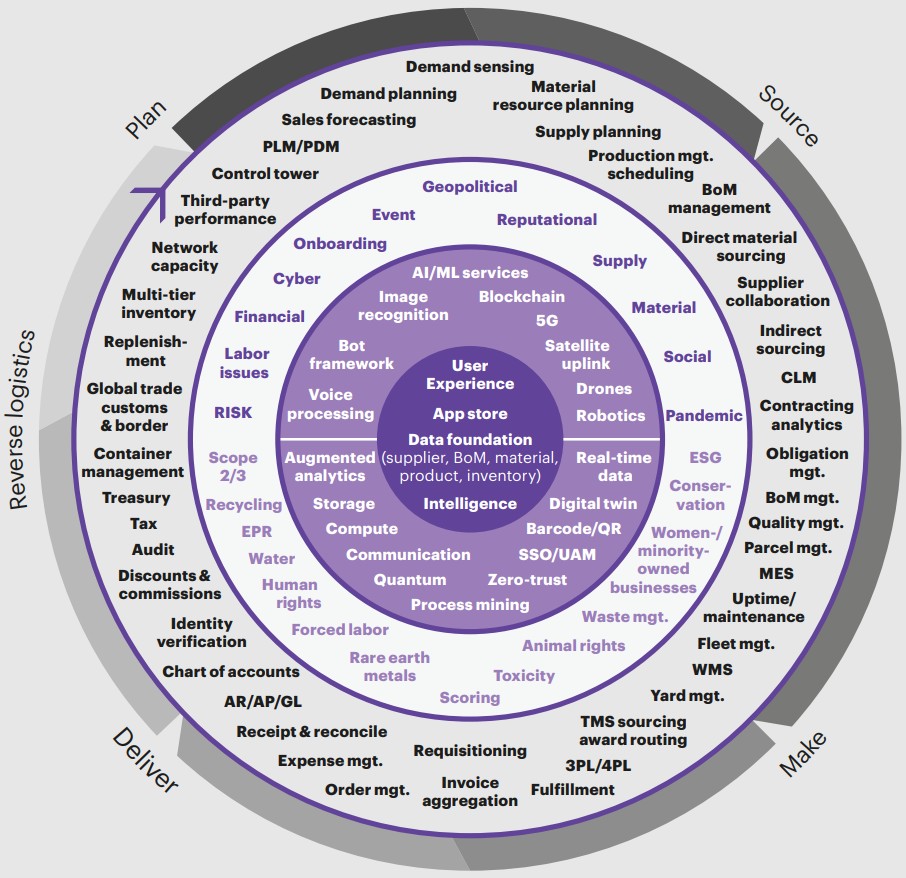
“ERP can’t do this . The systems were designed in the 90s and do not facilitate all the third party hand offs needed.” says Elouise.
Instead, supply chain leaders should looks to cloud platforms such as Amazon Web Services, Google Cloud or Microsoft Azure to provide the engineering backbone for their new technology stack
How to get started
Elouise shares her advice for how supply chain leaders should start on this journey to modernise their technology stack.
1. Data is a leadership issue
“Everybody has bad data. We somehow accept that but thats not how to run a modern enterprise” says Elouise.
“I walk into every Fortune 500 company and I poke at them on their supply chain data. I get the funniest reaction… things become very uncomfortable.”
“We have no hope of digitising the supply chain if we don’t get our data right. We need to know what the ingredients are, the shipping logistics. If you can’t tell me what materials went into a drug we have a fundamental issue.”
2. Don’t leave it to your CIO
“The CIO is no longer relevant.. they need to take their keys and leave the building!”
Supply chain leaders need to drive the digital agenda themselves, says Elouise.
“As a supply chain leader, that’s your job. We aren’t giving it a sufficient level of attention.”
“Spinning up a cross functional team is not attention. We need every single leader to lead the team in fixing the data and want it correct. You need make the decision on how to classify entities yourself.”
3. Start small
“Small biopharmas should go slow and incremental.” says Elouise.
“Don’t write a big cheque to a big vendor. They will stifle growth and consume vast amounts of resources needlessly.”
“You’d be better off building bespoke capabilities with a smaller ERP transactions. ERP functions aren’t bad in themselves.. I’d just build components around it”
4. Don’t design for complexity
“All these master data efforts fail when you design for complexity” says Elouise.
“If you’re the leader, get the 80-90% of your data right and you can do the rest by hand.”
5. Consolidate your technical ERP debt
“Big pharma has a lot of ERP technical debt which need to consolidate, but there’s cost attached.”
However Elouise warns not confuse this with building for the future. “You still need to spin up capabilities or you’re marching to obsolescence.”
6. Separate your future-focused team from the BAU
“There are way too many crises that if you don’t have a dedicated team building the future you’re spinning in circles”
“You need half a dozen people to start building this stuff. As a minimum, focus on getting the data properly fixed.”
“Over time the business as usual (BAU) team will shrink and future-forward team will grow.”

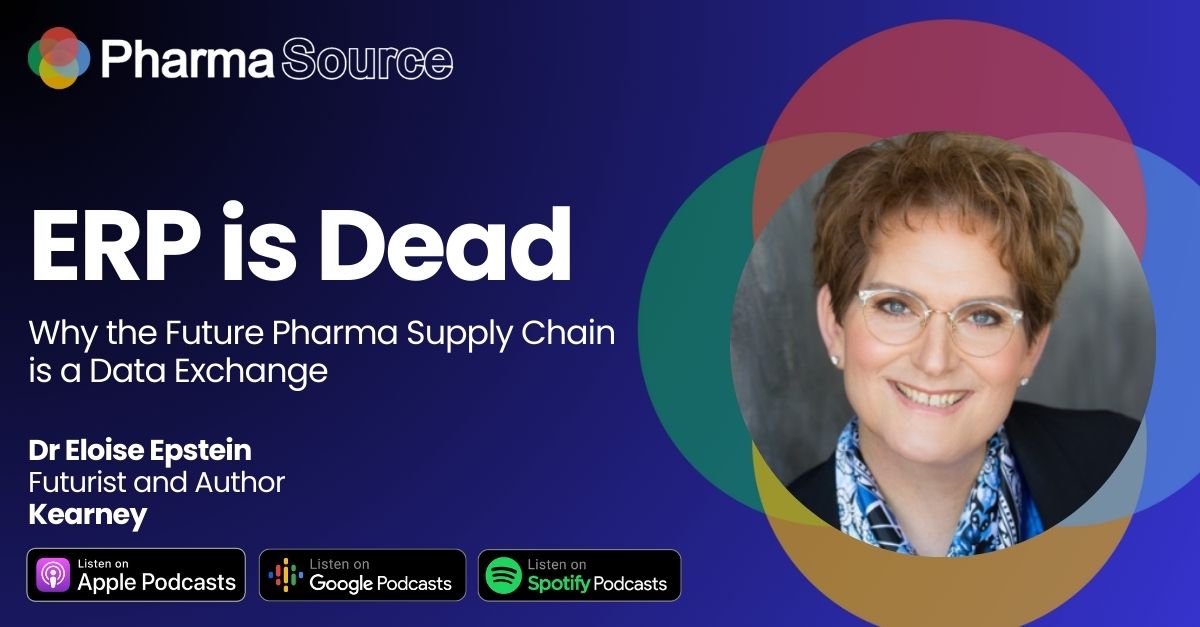
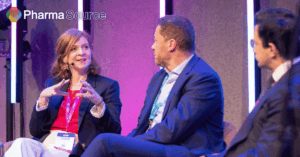

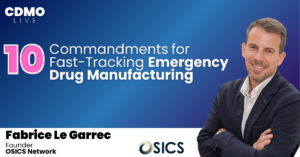

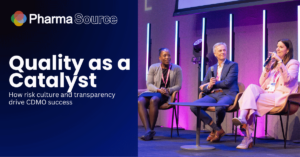

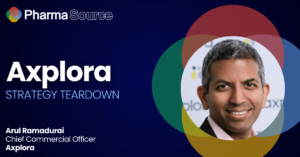


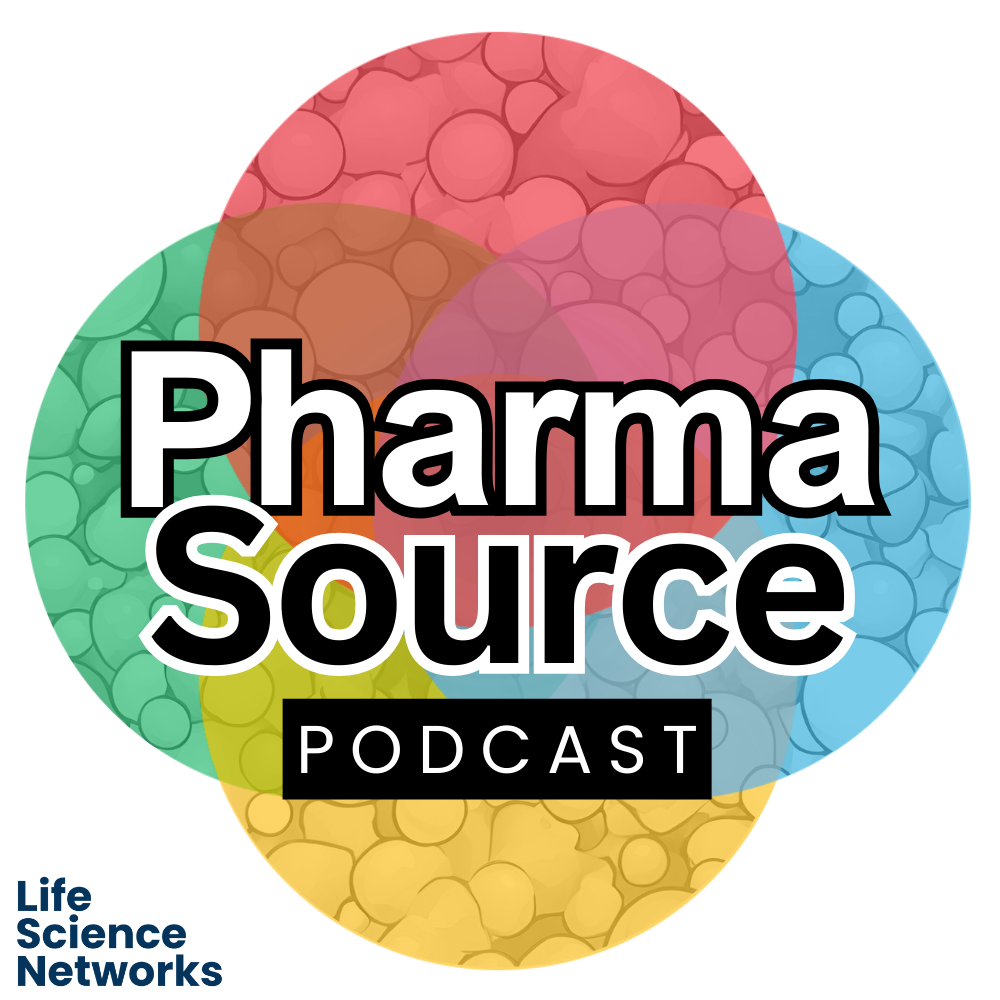
 Stay ahead of trends and best practices
Stay ahead of trends and best practices
